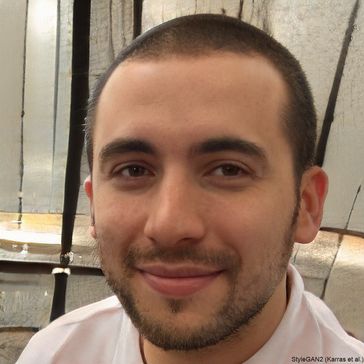In some cases, untreated varicose veins may lead to more serious health issues, including blood clots or ulcers. Fortunately, there are several treatments available to help alleviate symptoms and improve the appearance of varicose veins. This article provides an overview of the different treatment options, from conservative measures to advanced procedures.
What Causes Varicose Veins?
Varicose veins are caused by weakened or damaged valves in the veins. These valves are responsible for ensuring that blood flows in one direction toward the heart. When the valves fail to work properly, blood begins to pool in the veins, causing them to enlarge and become visible. Several factors can contribute to the development of varicose veins, including:
- Genetics: A family history of varicose veins increases the likelihood of developing the condition.
- Aging: As people age, their veins naturally lose elasticity, which can contribute to the development of varicose veins.
- Pregnancy: The increase in blood volume and pressure on the veins during pregnancy can lead to varicose veins.
- Obesity: Excess weight puts added pressure on the veins, increasing the risk of varicose veins.
- Prolonged Standing or Sitting: Occupations or lifestyles that require long periods of standing or sitting can increase the risk.
Symptoms of Varicose Veins
The symptoms of varicose veins can vary, but common signs include:
- Visible, bulging veins, often purple or blue in color.
- Swelling or heaviness in the legs, especially after standing for long periods.
- Aching, cramping, or throbbing in the affected area.
- Itching or irritation around the veins.
- Skin discoloration or ulcers in severe cases.
Treatment Options for Varicose Veins
There are several treatment options for varicose veins, ranging from lifestyle changes to surgical procedures. The appropriate treatment will depend on the severity of the condition, the patient's symptoms, and their overall health.
1. Conservative Measures
In the early stages, varicose veins may not require medical intervention. Some simple lifestyle changes can help manage symptoms:
- Compression Stockings: These specially designed stockings apply pressure to the legs, helping to improve blood flow and reduce swelling. They are often the first line of treatment for mild varicose veins.
- Exercise: Regular physical activity, particularly activities that improve circulation like walking, swimming, or cycling, can help reduce symptoms and prevent the condition from worsening.
- Elevating the Legs: Raising the legs above heart level helps reduce swelling and promotes blood flow back to the heart.
2. Sclerotherapy
Sclerotherapy is a minimally invasive procedure that involves injecting a solution into the affected veins. The solution irritates the vein lining, causing it to collapse and fade over time. This treatment is ideal for smaller varicose veins and spider veins. Sclerotherapy typically requires no anesthesia and can be performed in a doctor’s office with minimal downtime.
3. Endovenous Laser Therapy (EVLT)
Endovenous laser therapy is a popular treatment for larger varicose veins. During this procedure, a small laser fiber is inserted into the affected vein through a thin catheter. The laser energy heats and closes off the vein, which is then absorbed by the body over time. EVLT is minimally invasive and offers a shorter recovery period compared to traditional surgery.
How to Choose the Right Treatment
The best treatment for varicose veins depends on various factors, including the size and location of the veins, the severity of symptoms, and the patient’s overall health. A vascular specialist or a dermatologist can help determine the most suitable treatment plan based on the individual’s needs.
Prevention and Lifestyle Tips
While varicose veins cannot always be prevented, certain lifestyle changes can help reduce the risk of developing them or prevent them from worsening:
- Maintain a healthy weight to reduce pressure on your veins.
- Avoid standing or sitting for long periods. If your job requires prolonged standing, try to take breaks and walk around regularly.
- Elevate your legs when resting to improve circulation.
- Wear compression stockings to prevent blood from pooling in the veins.
- Stay active with regular exercise to promote good circulation.
Conclusion
Varicose veins can be uncomfortable and unsightly, but effective treatments are available to manage the condition. From conservative measures like compression stockings and exercise to minimally invasive procedures like sclerotherapy and laser therapy, there are a variety of options to choose from. If you’re experiencing symptoms of varicose veins, consult a healthcare provider to determine the most appropriate treatment for your needs and improve your quality of life.

